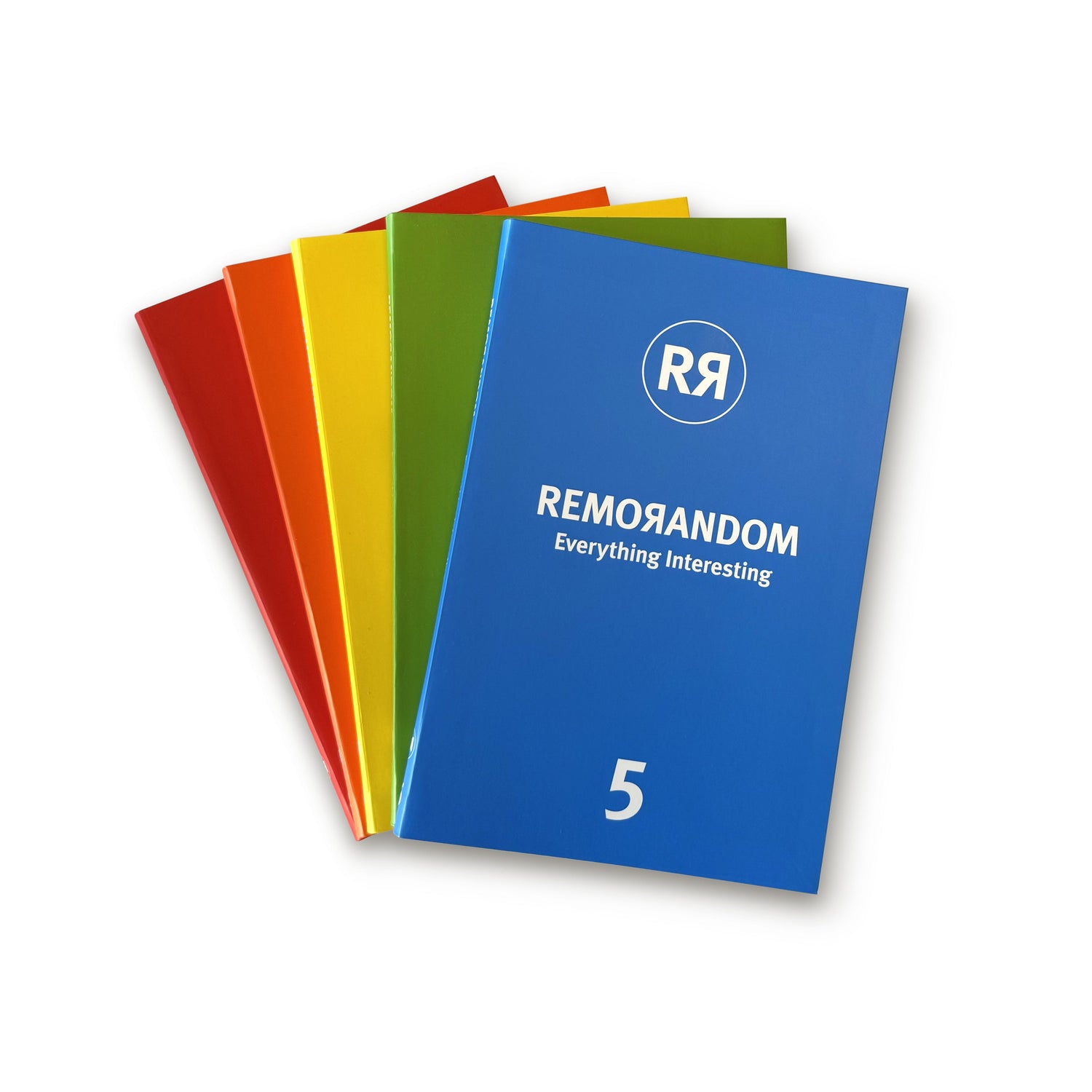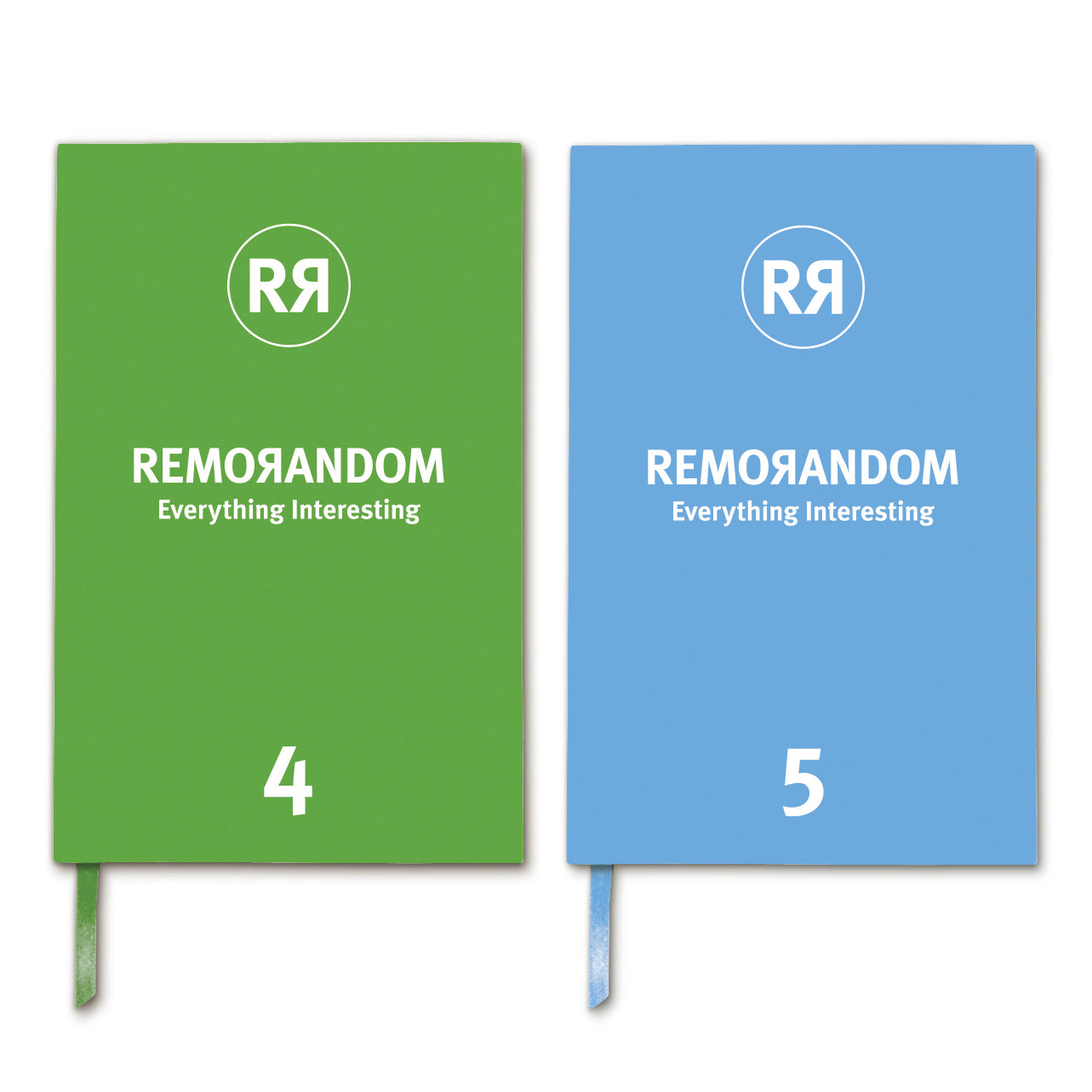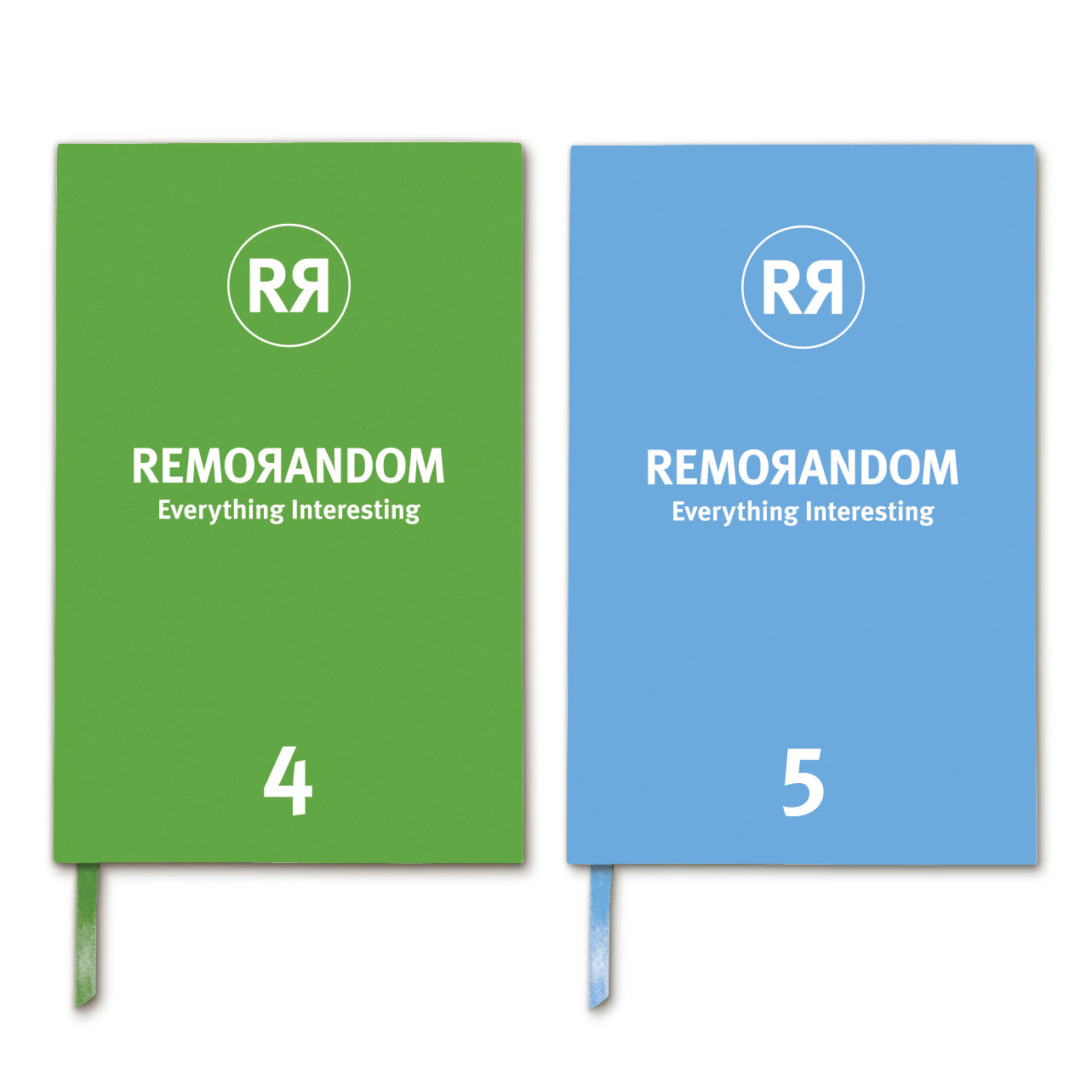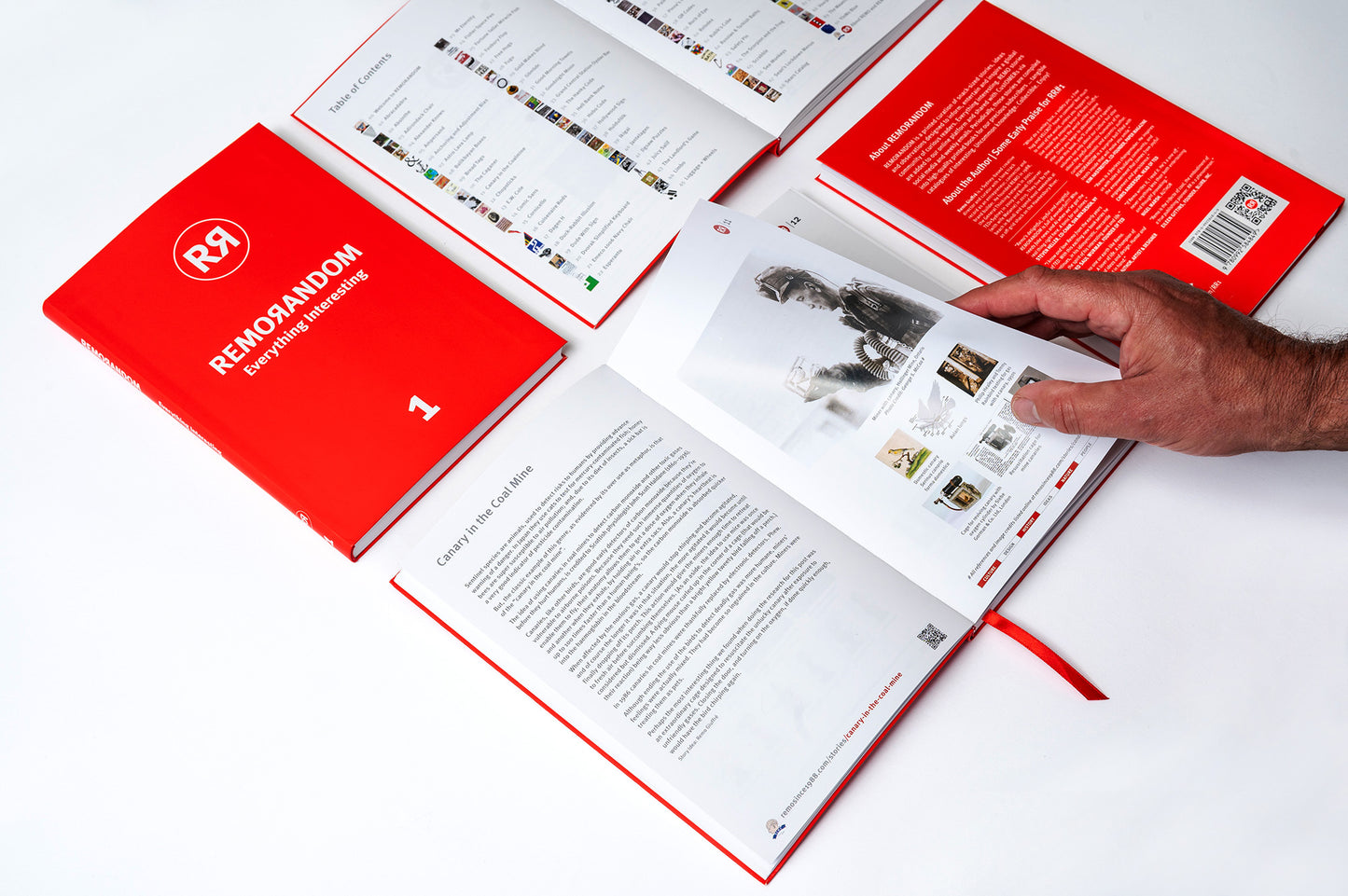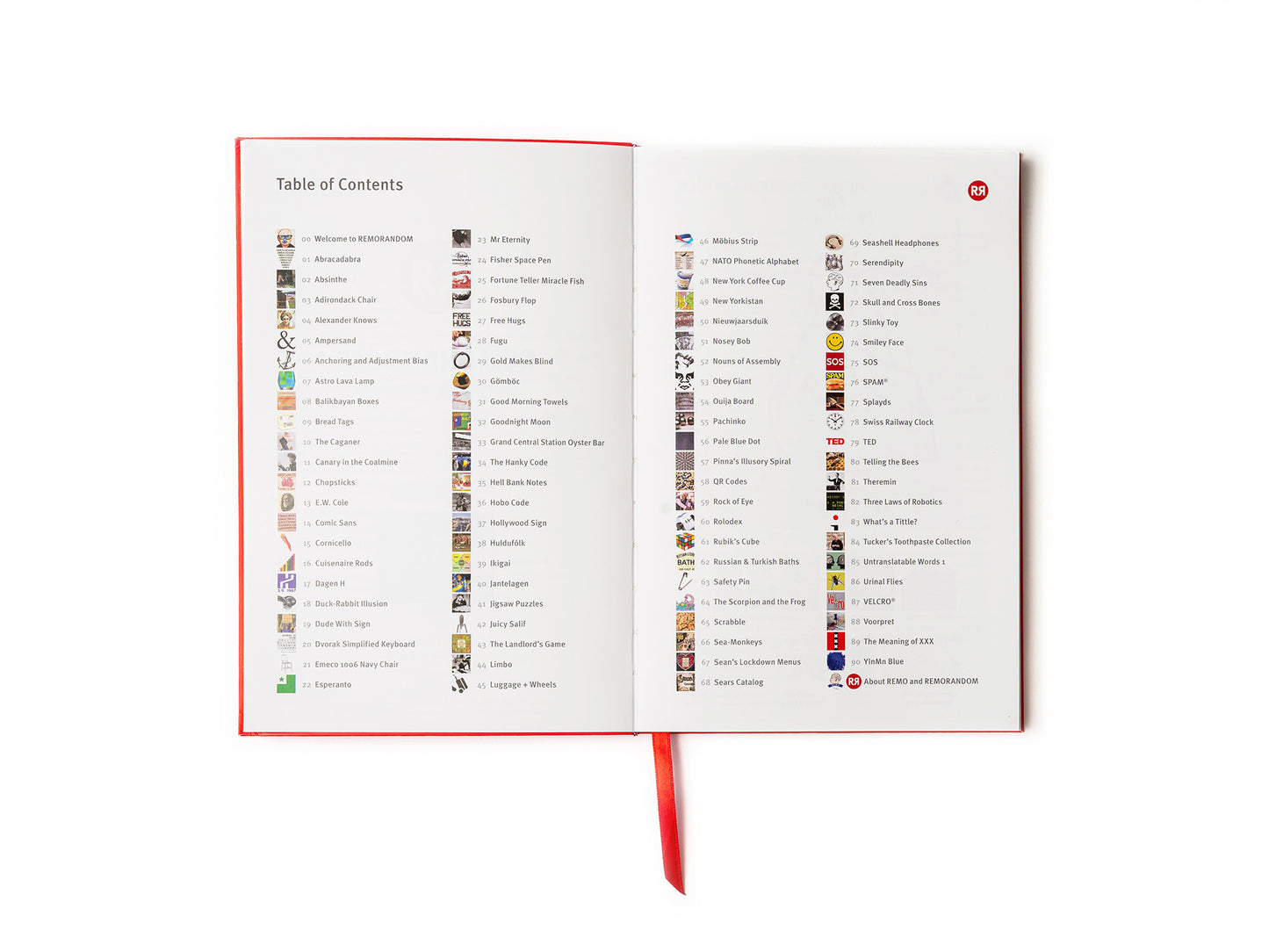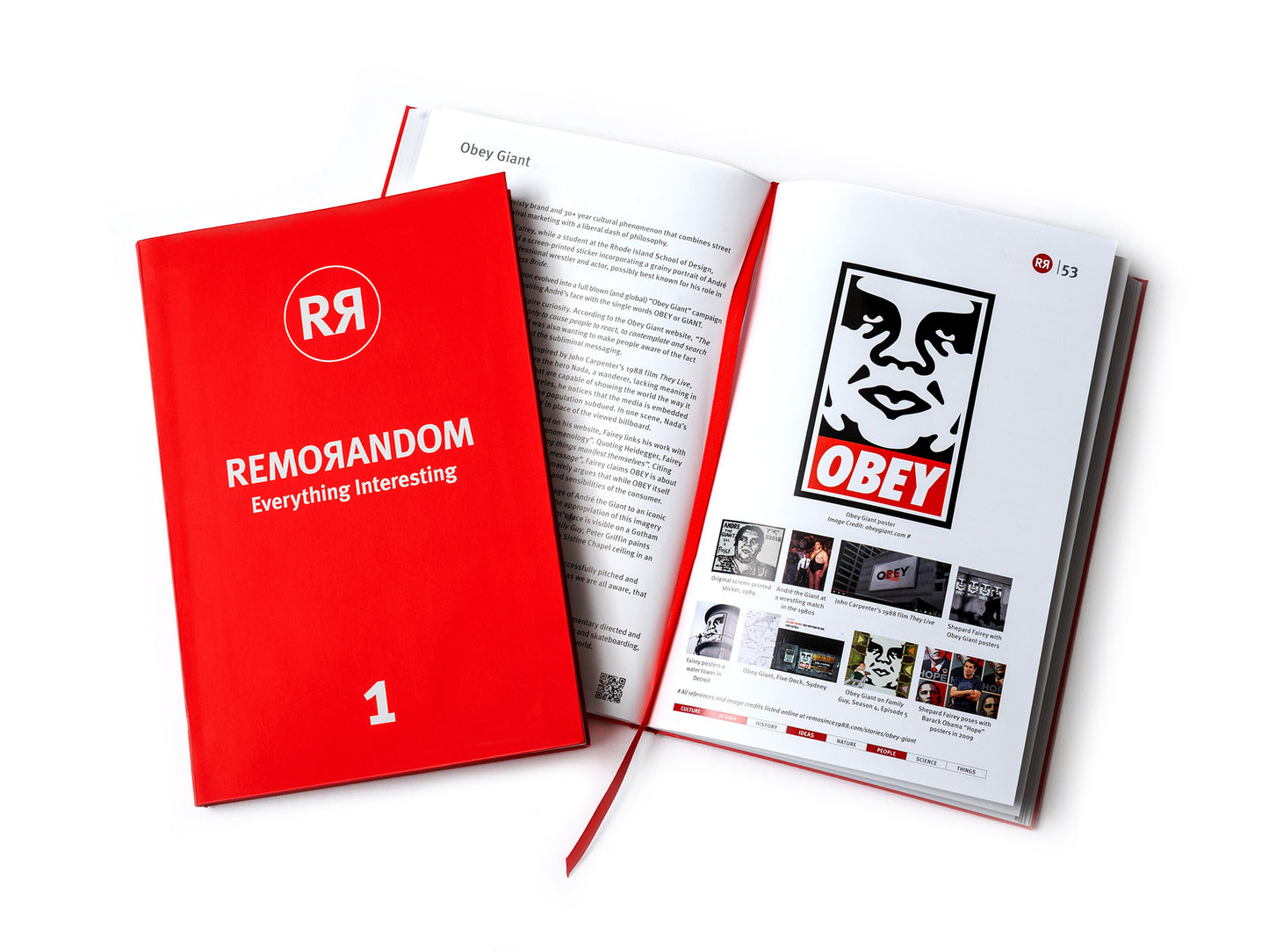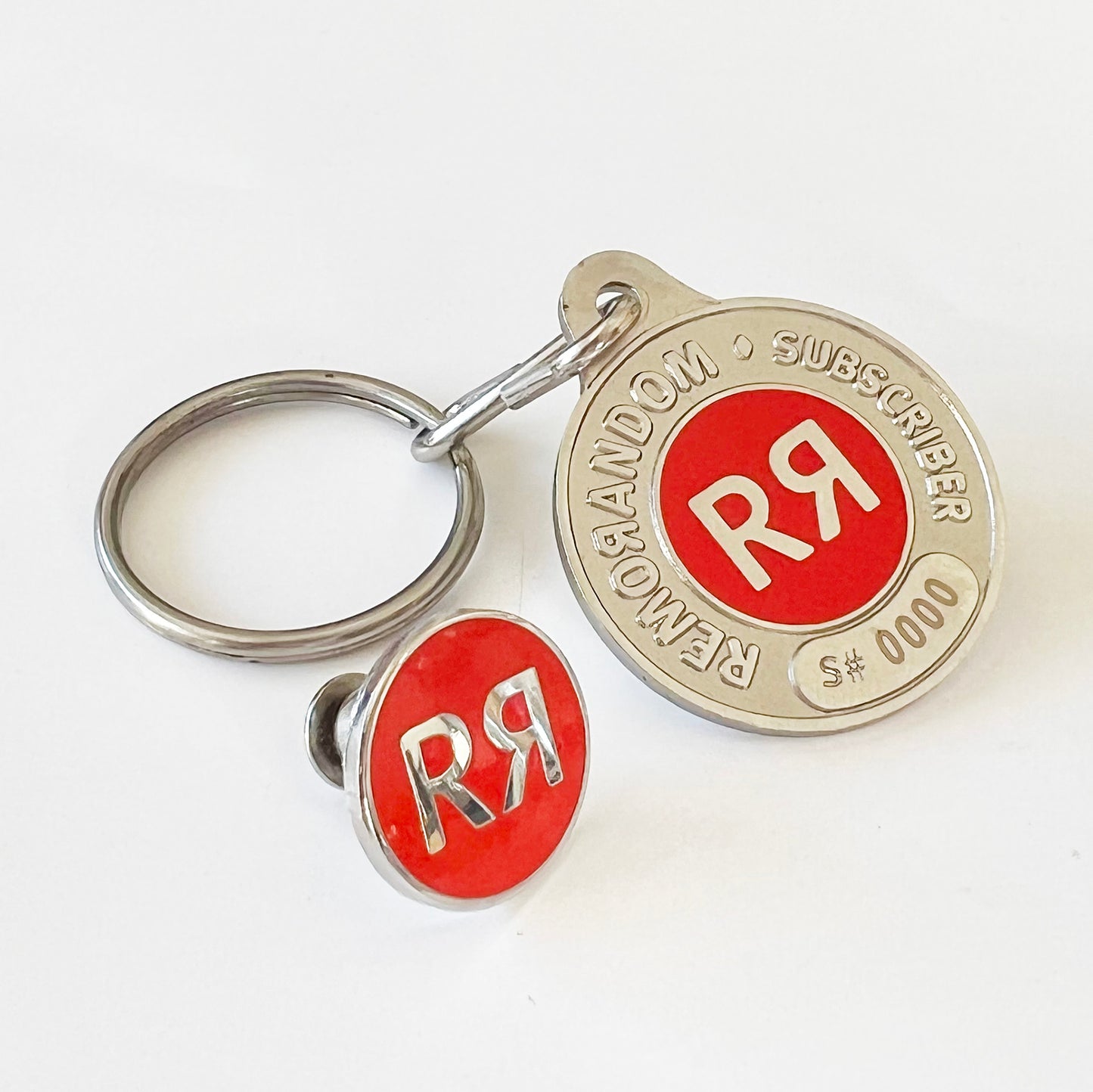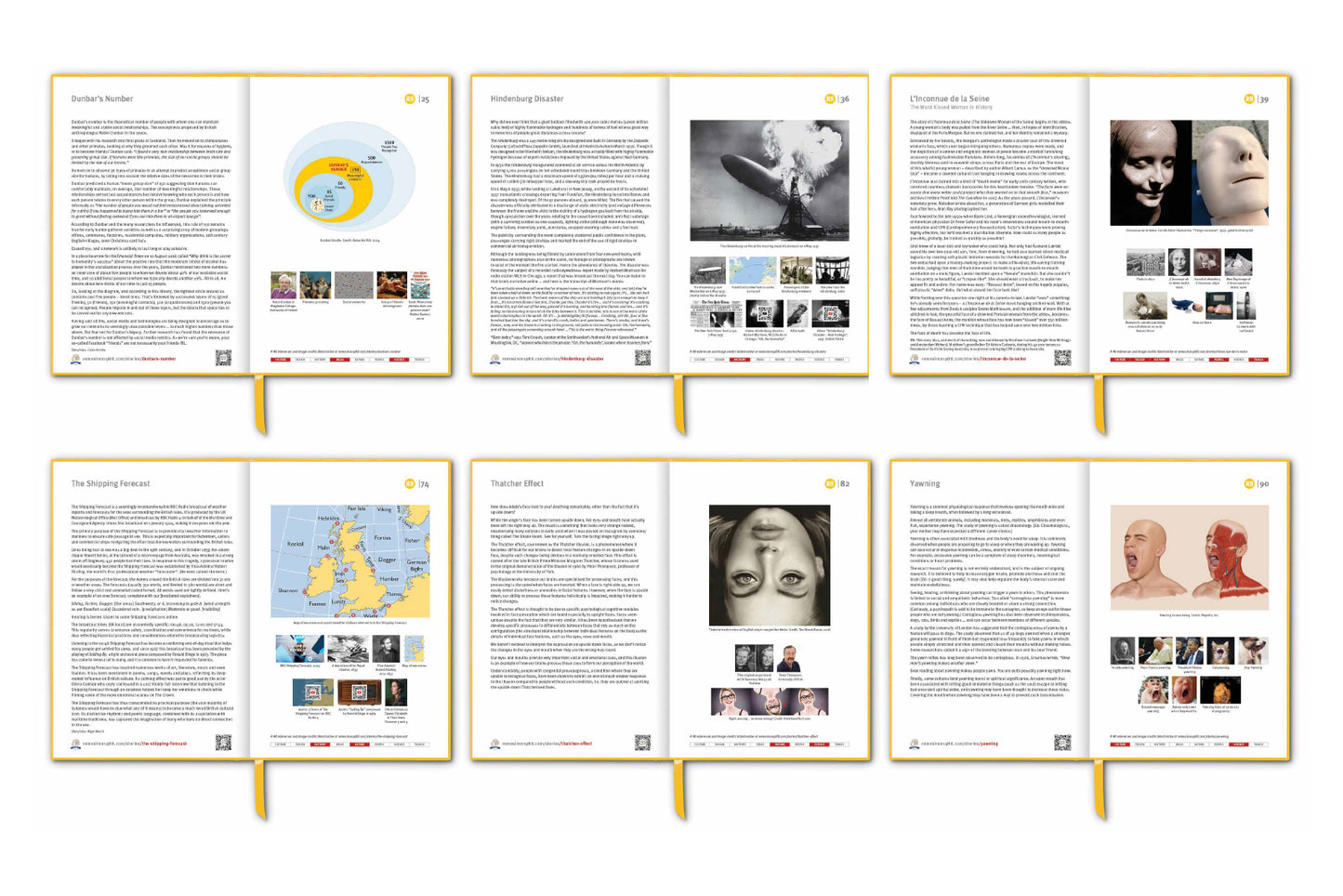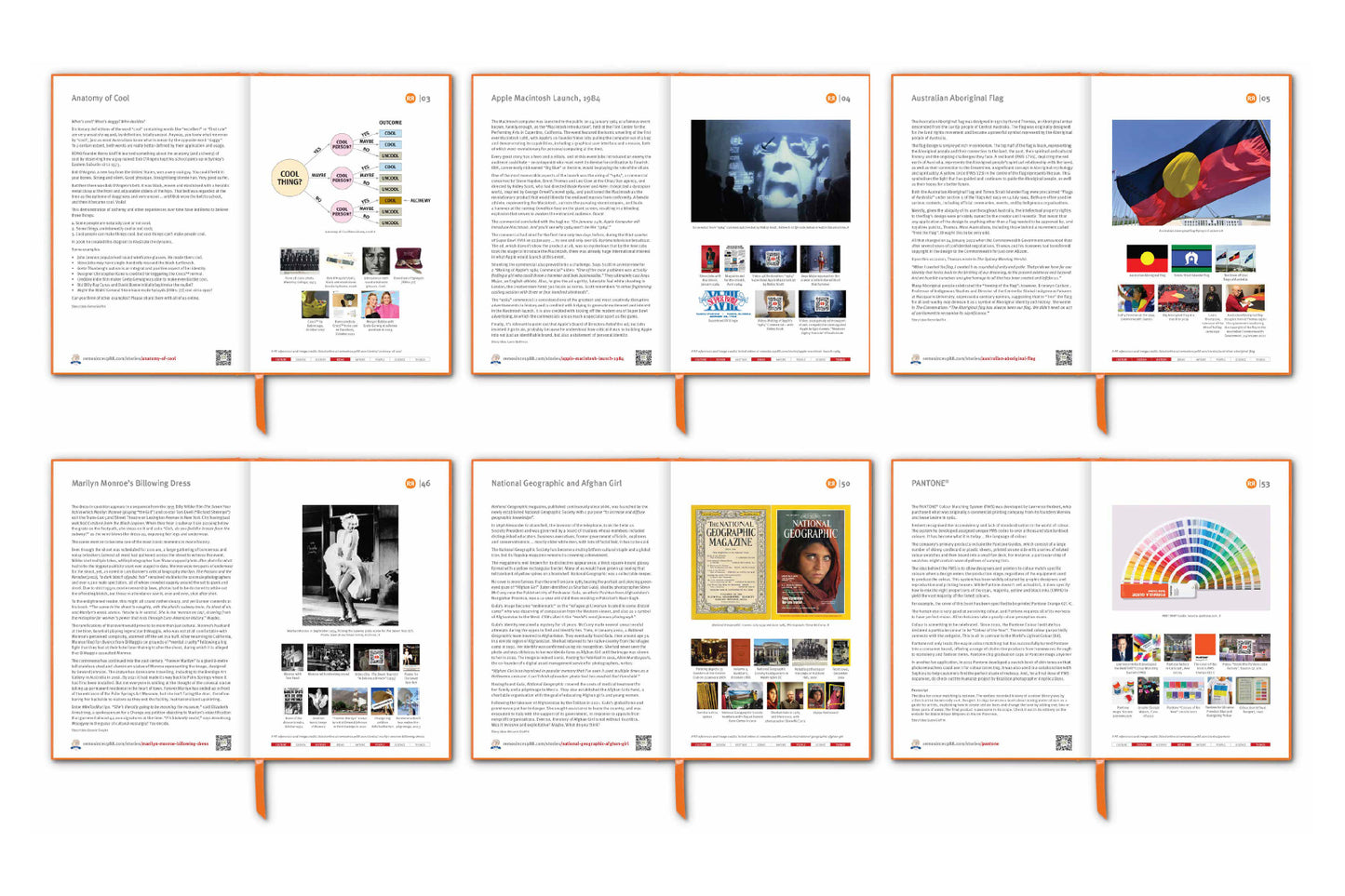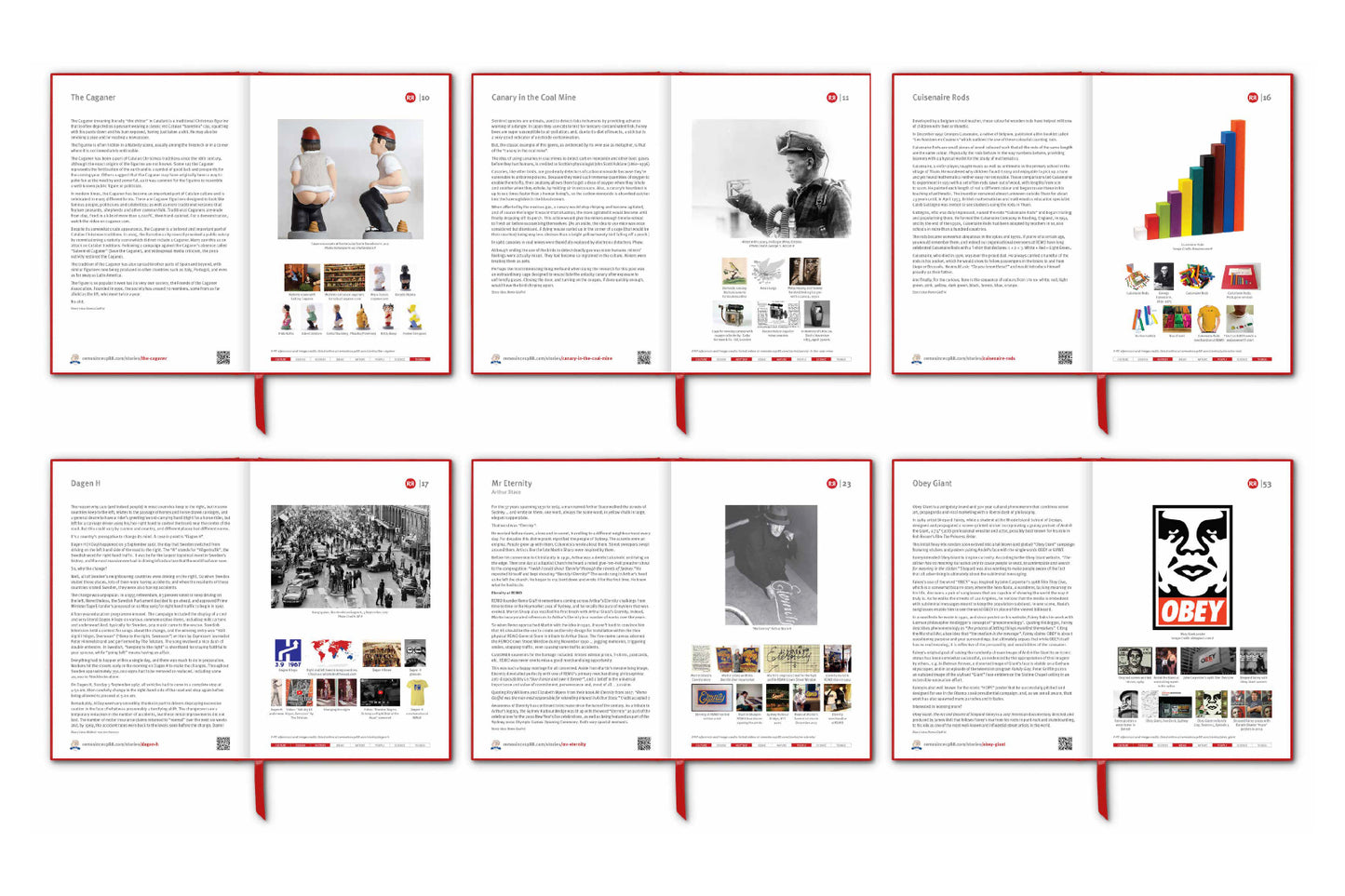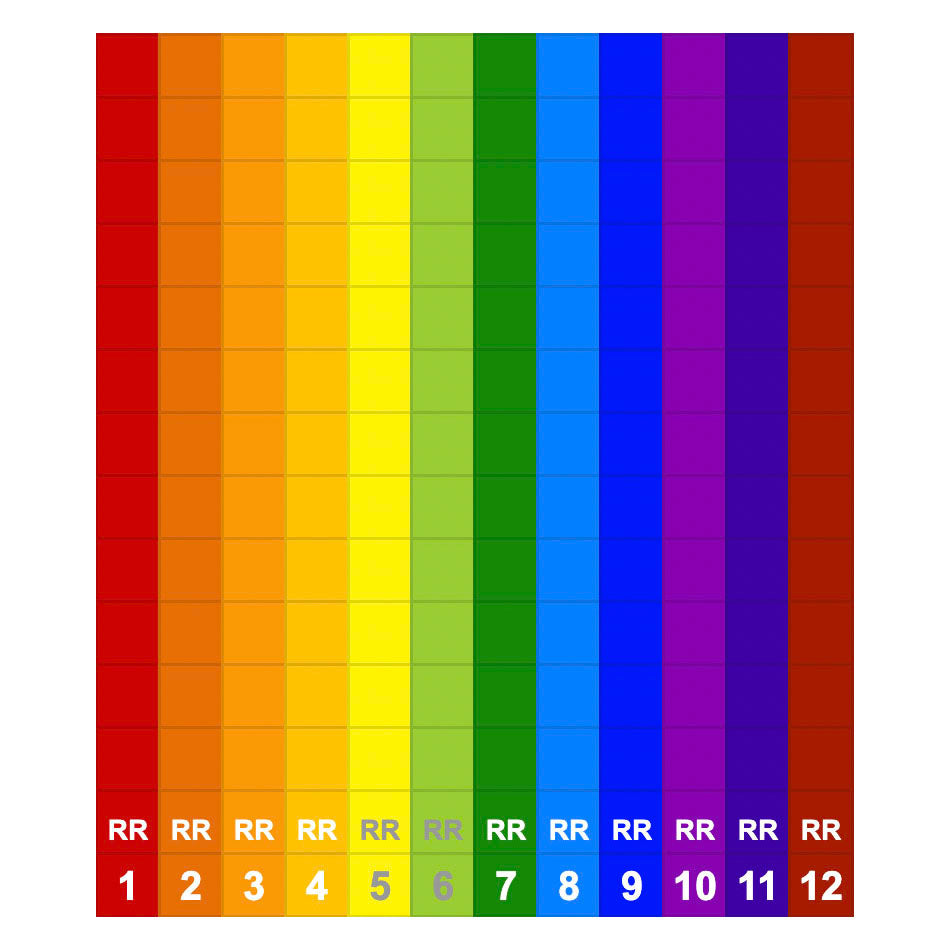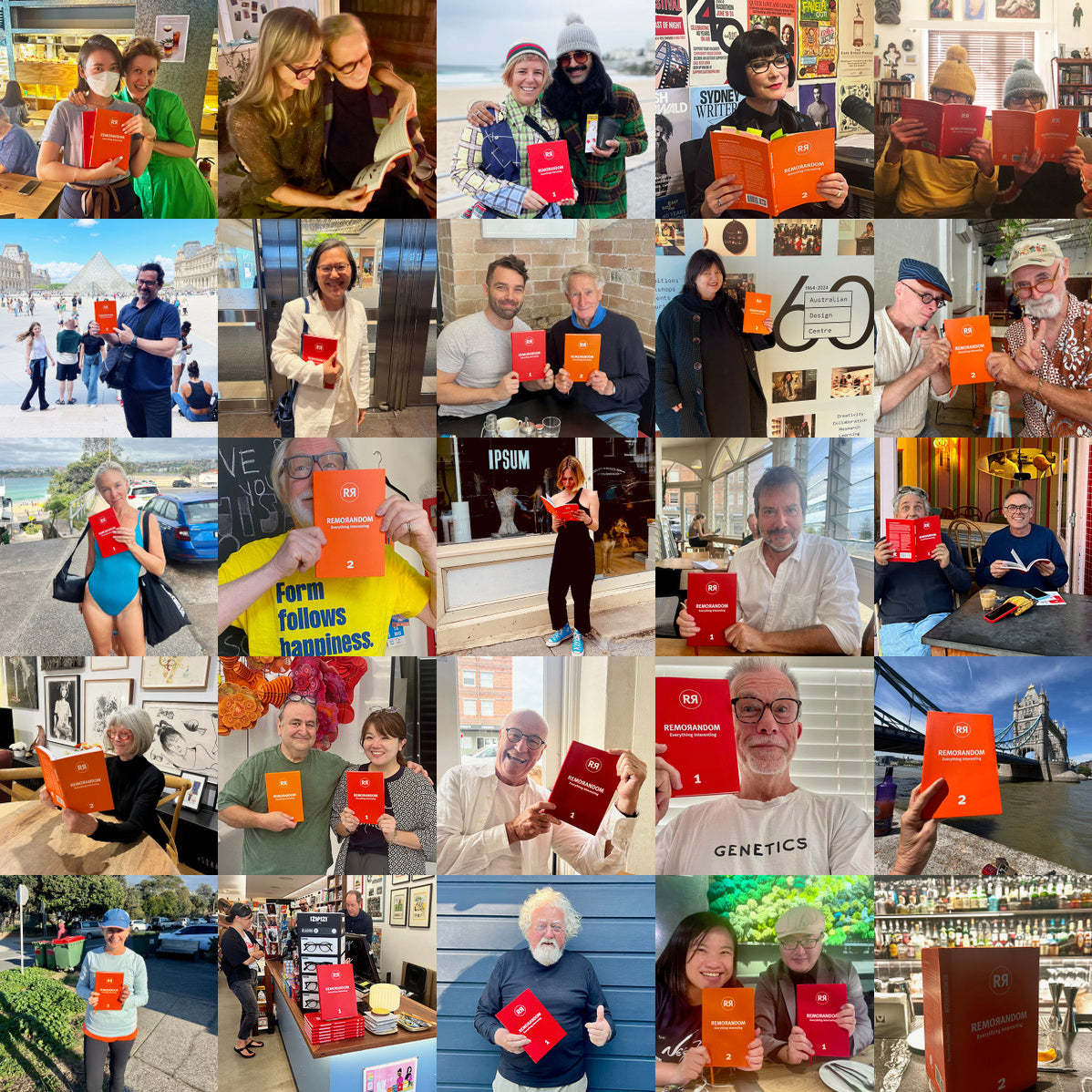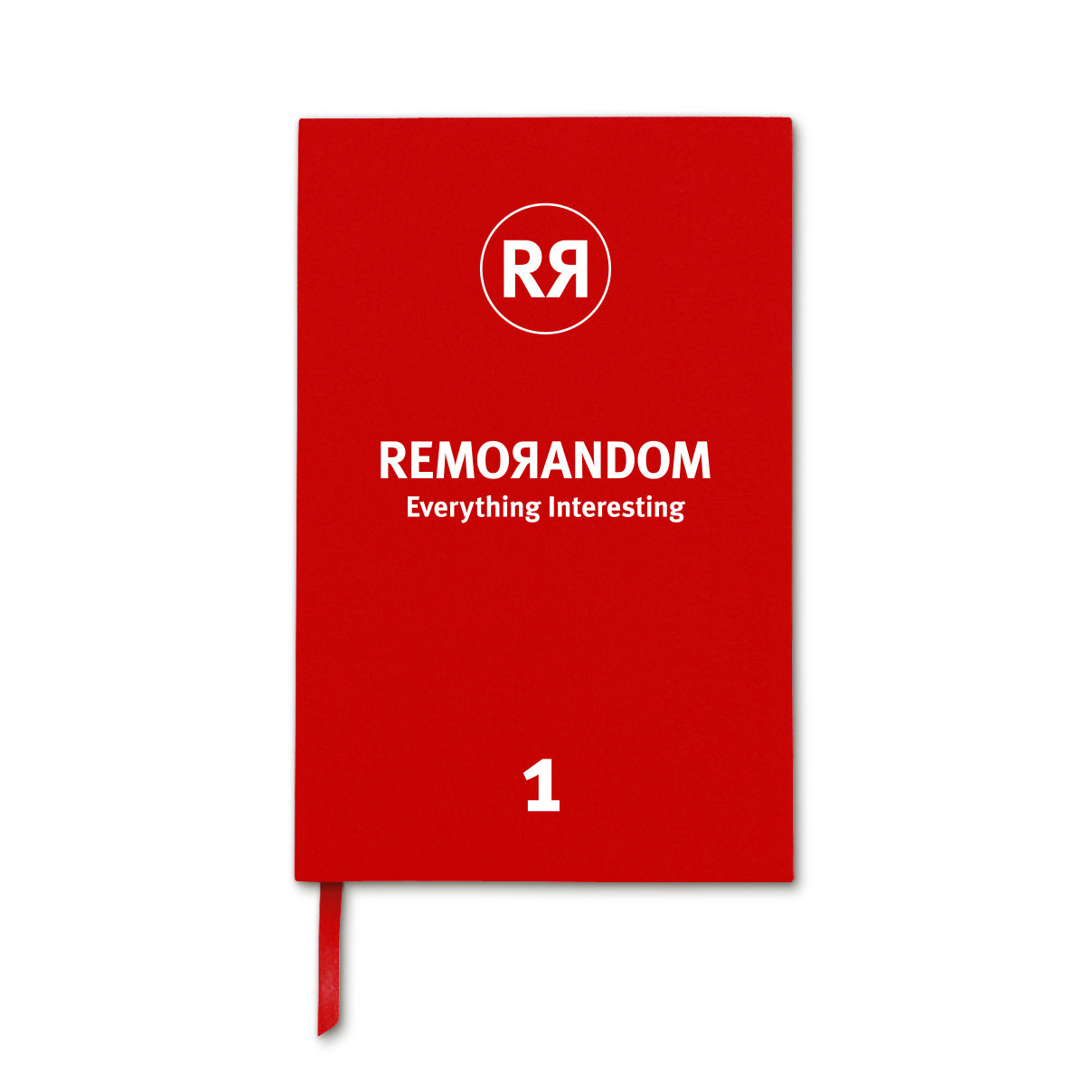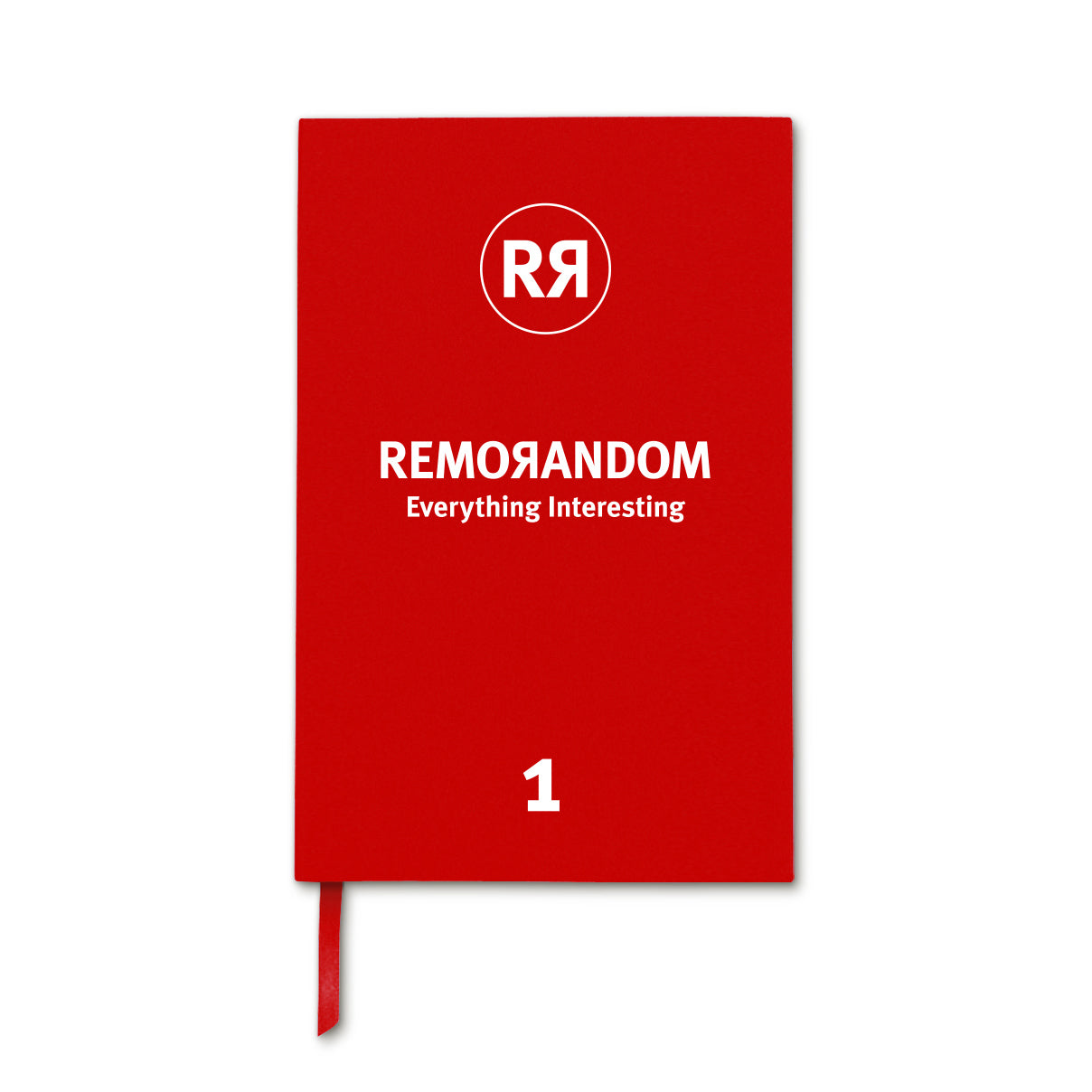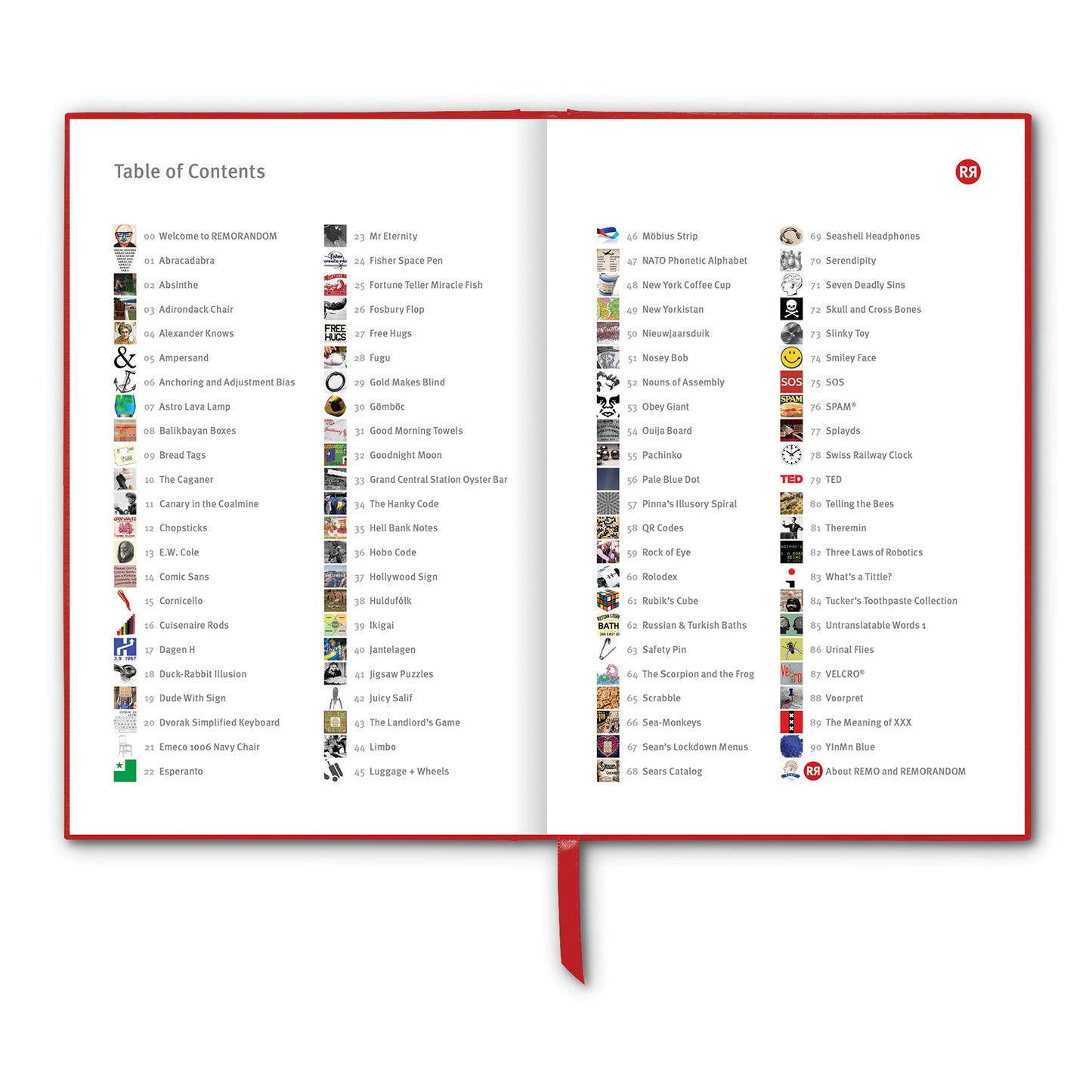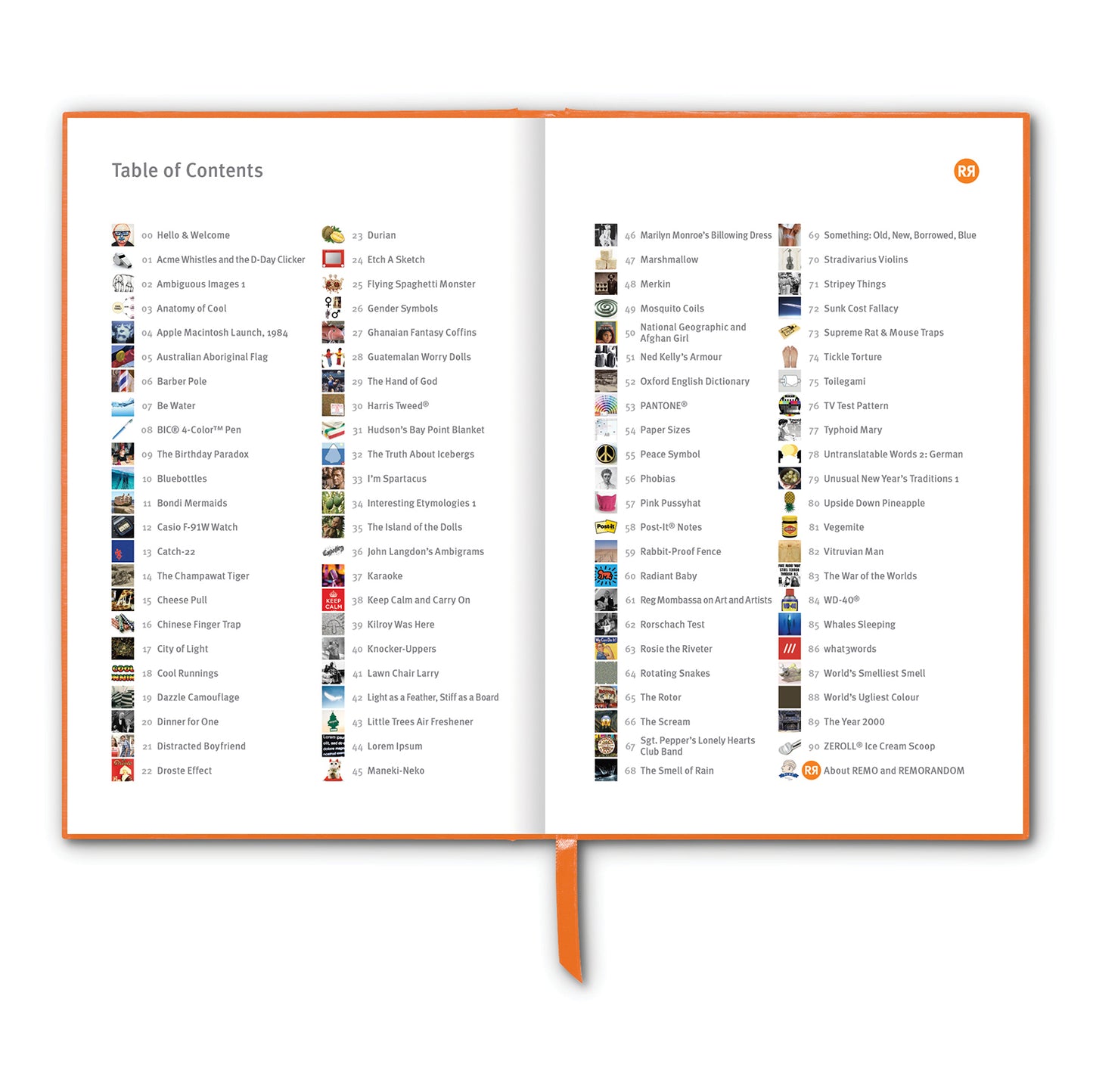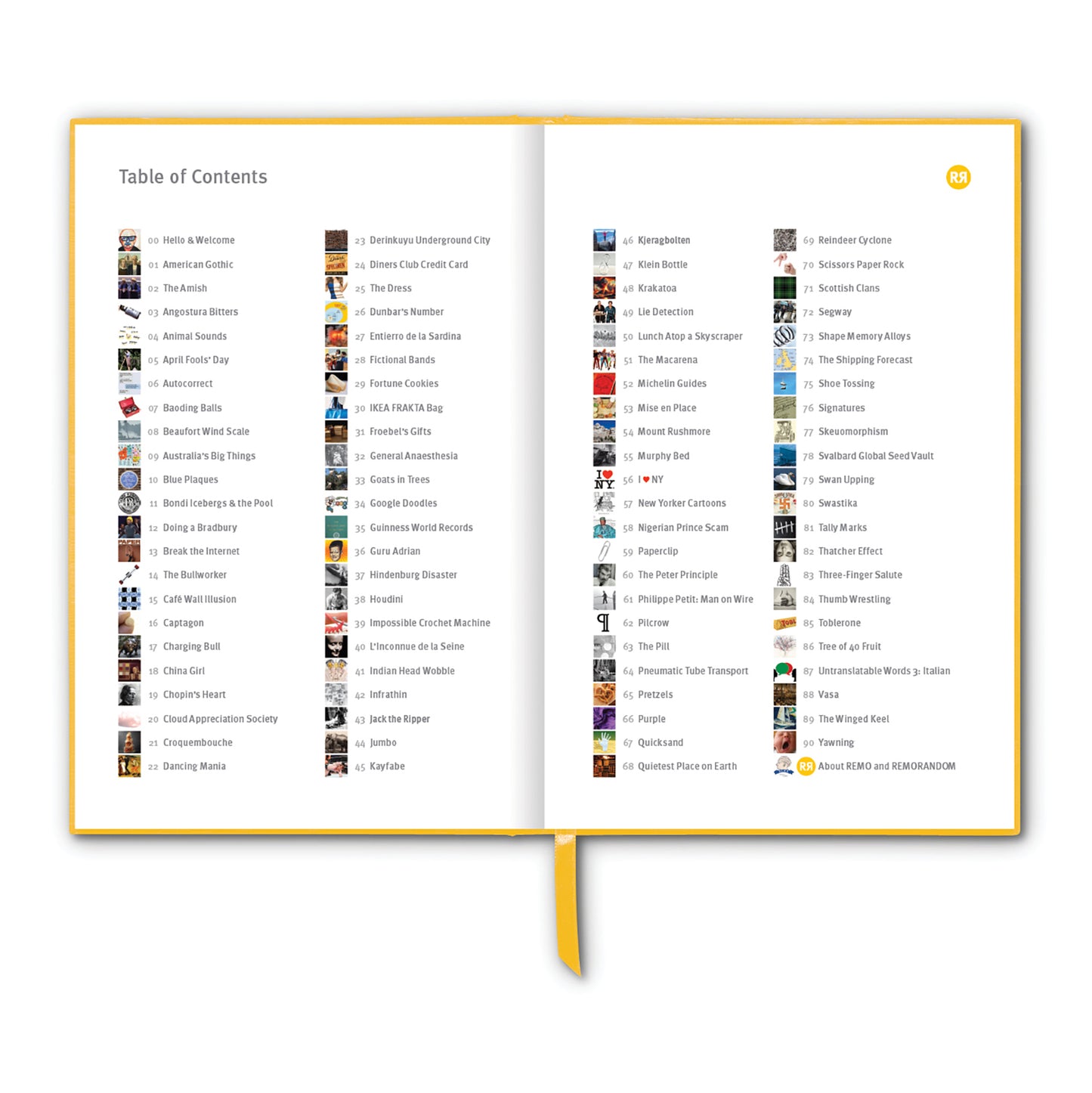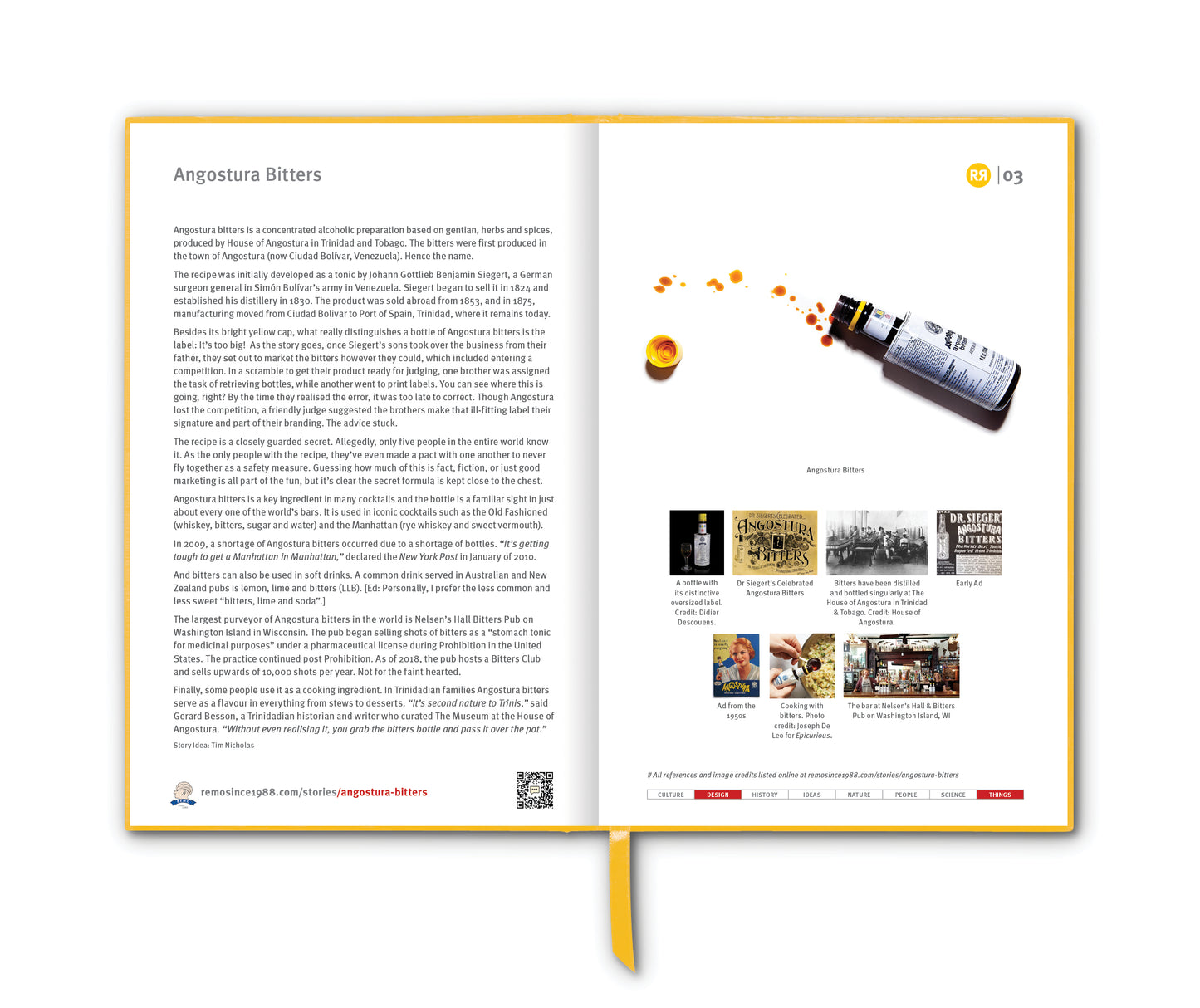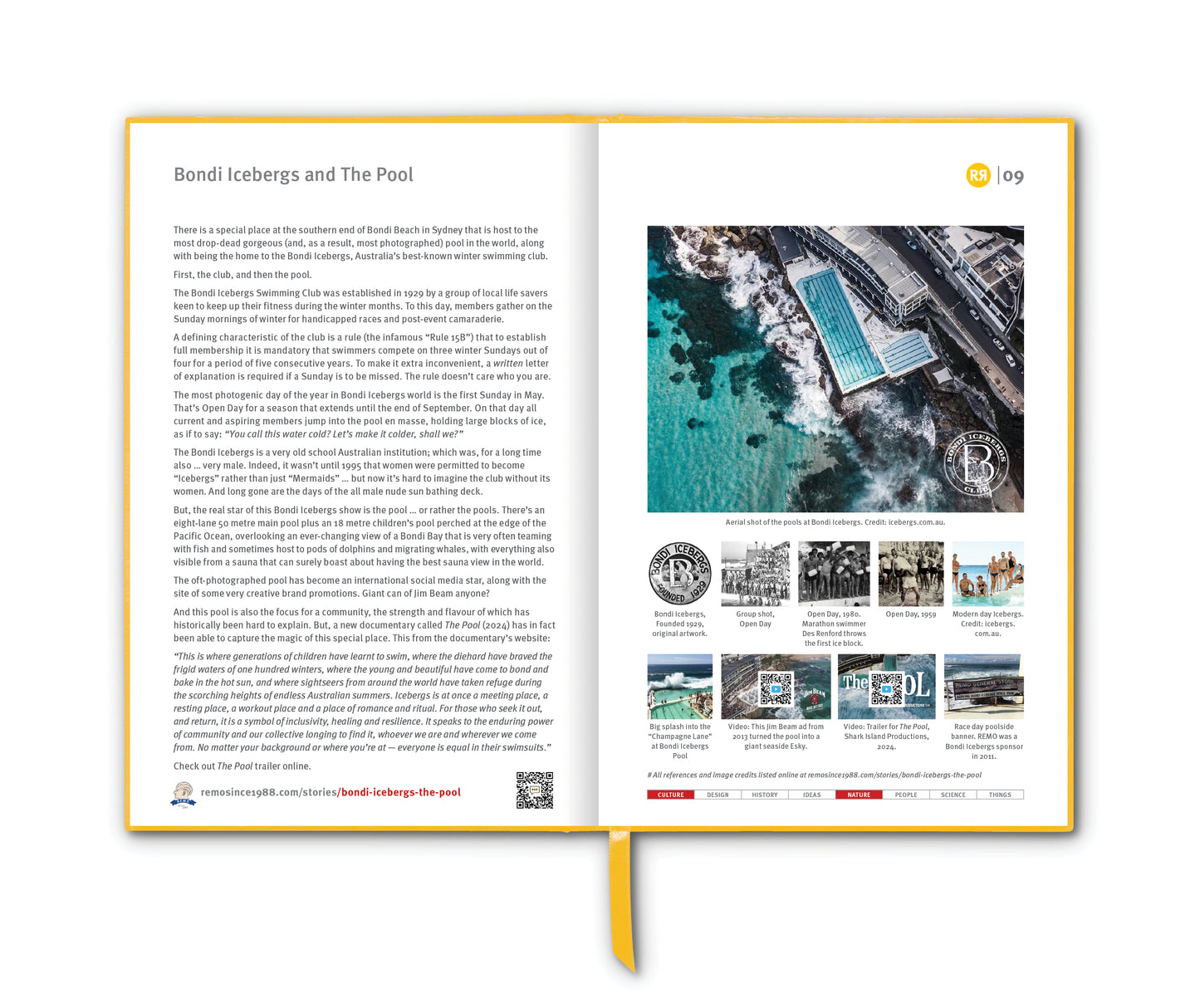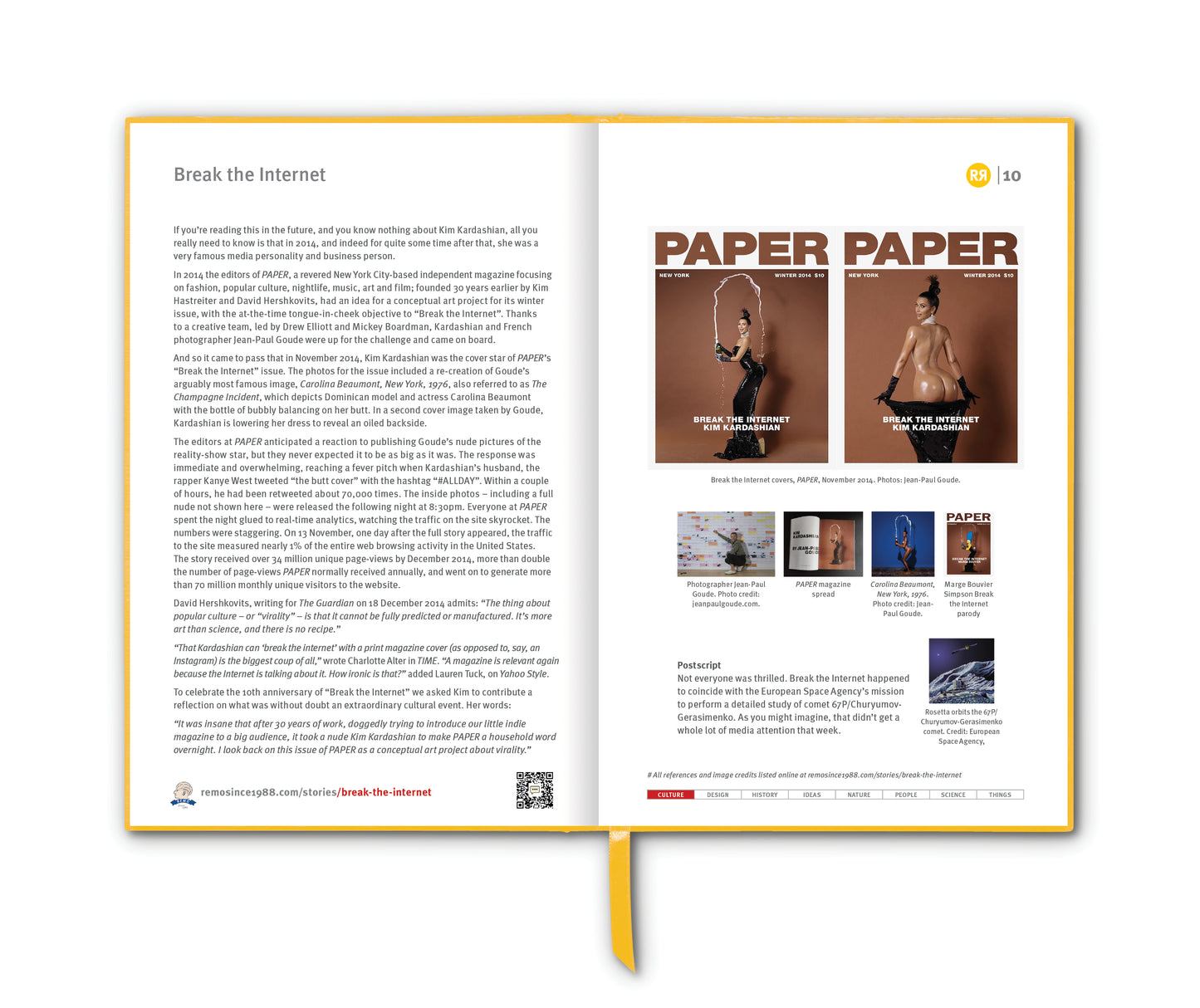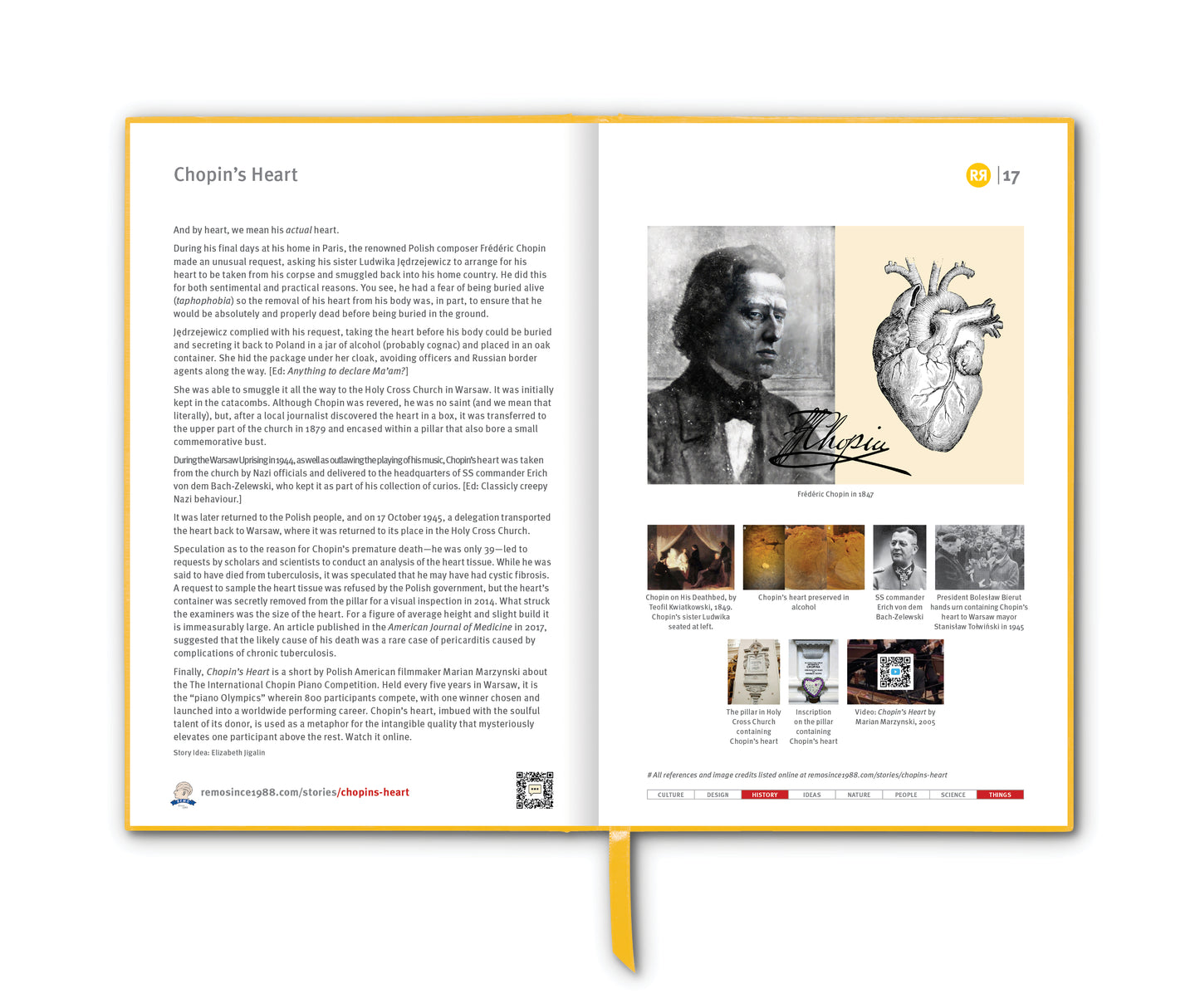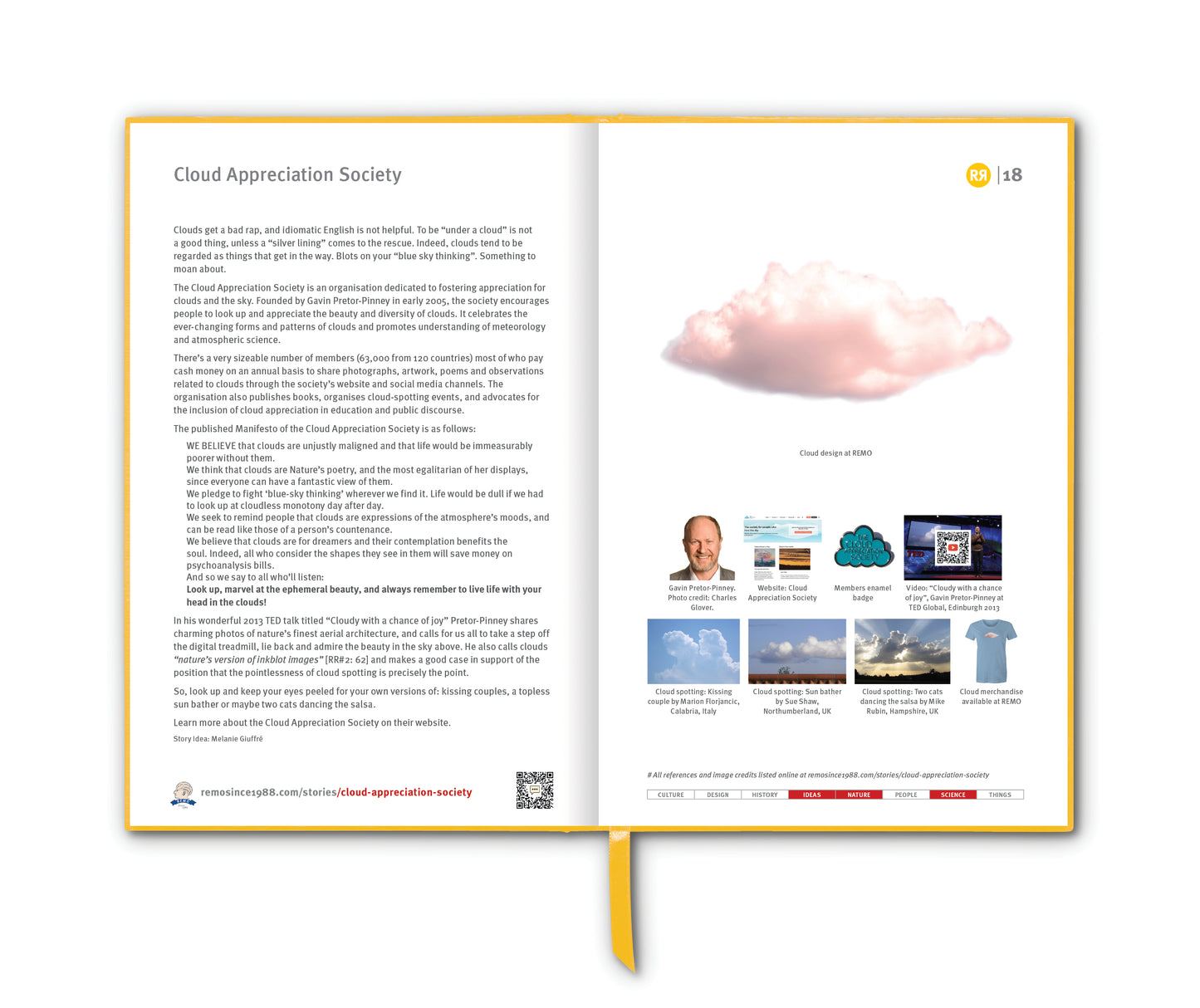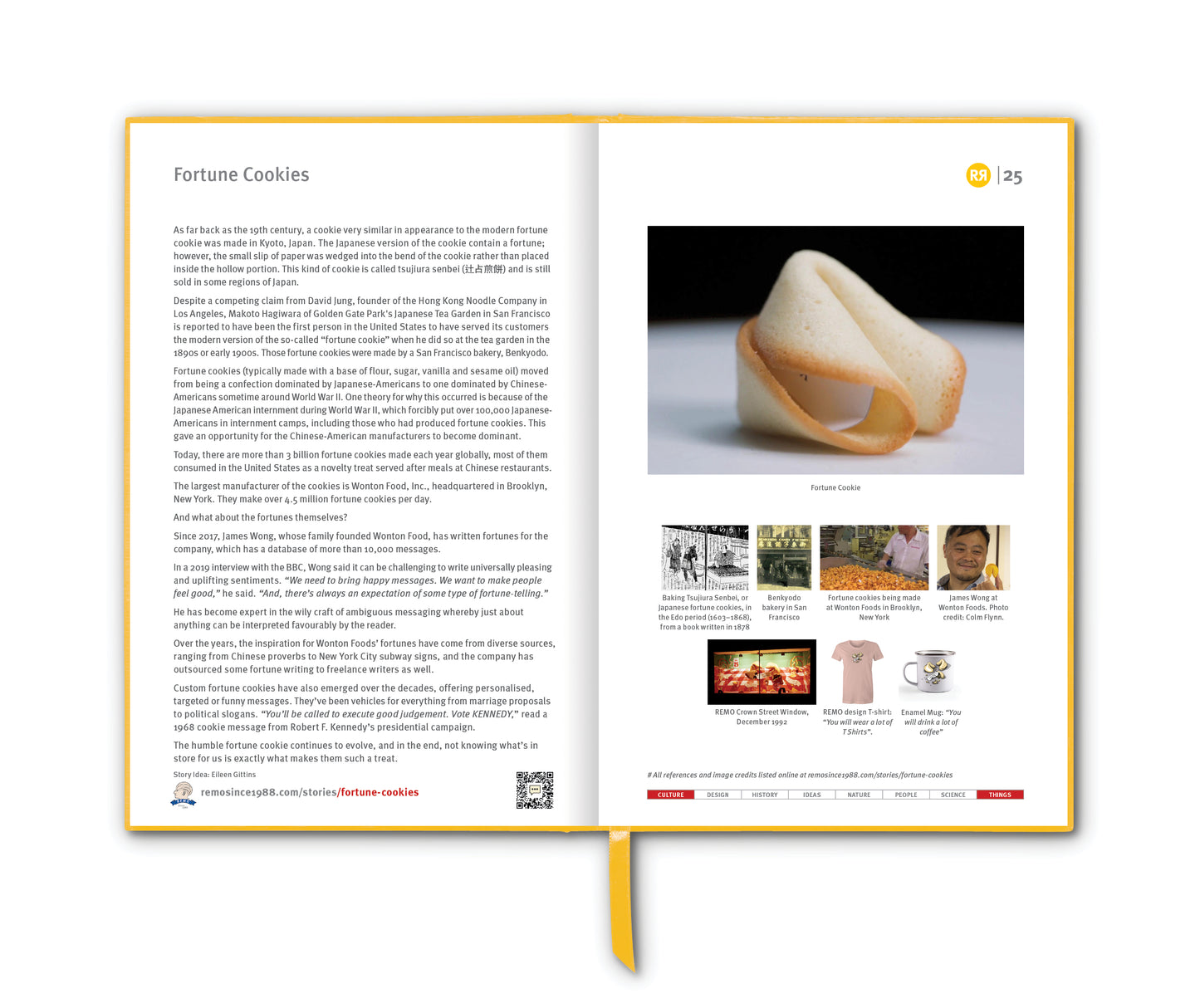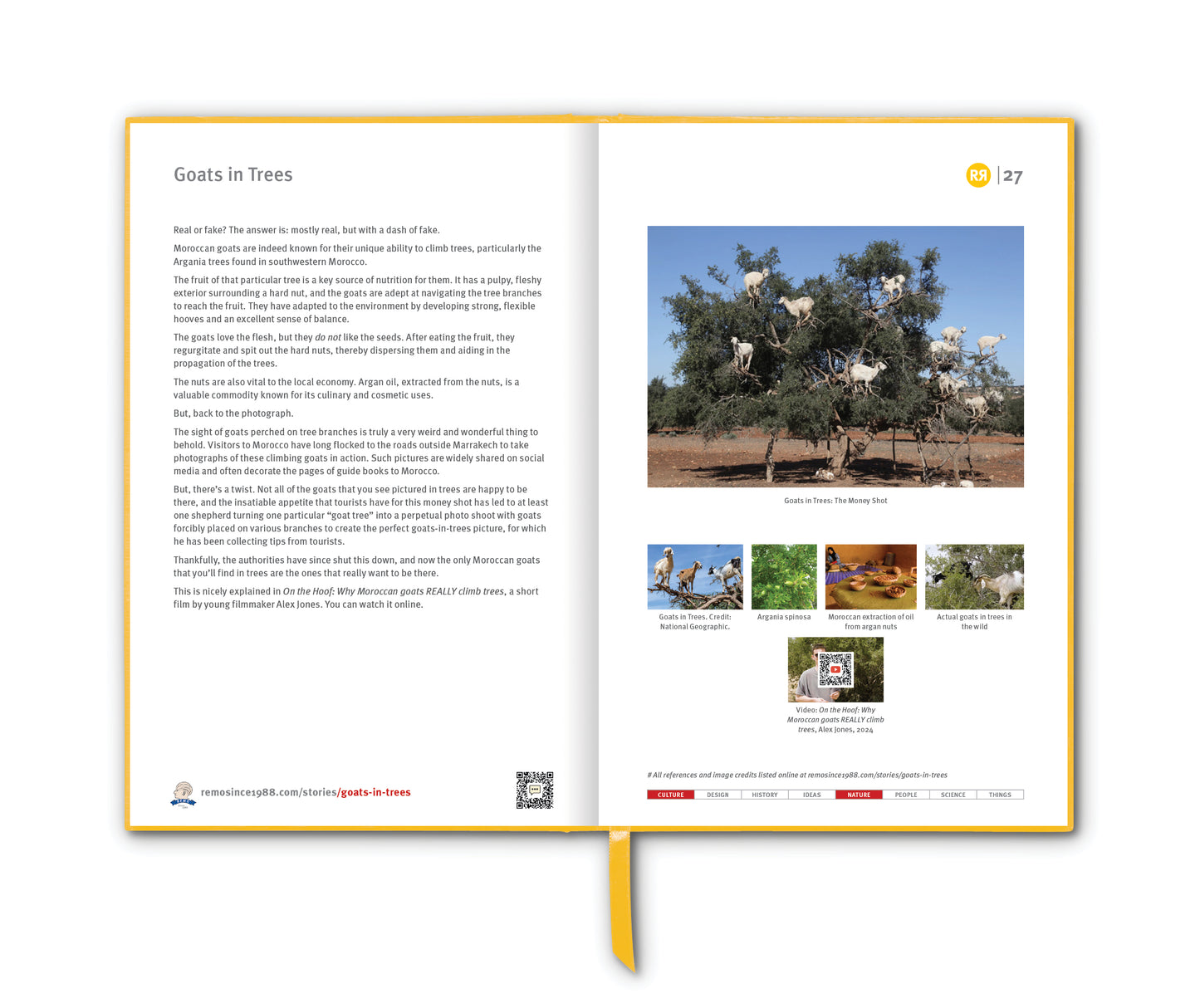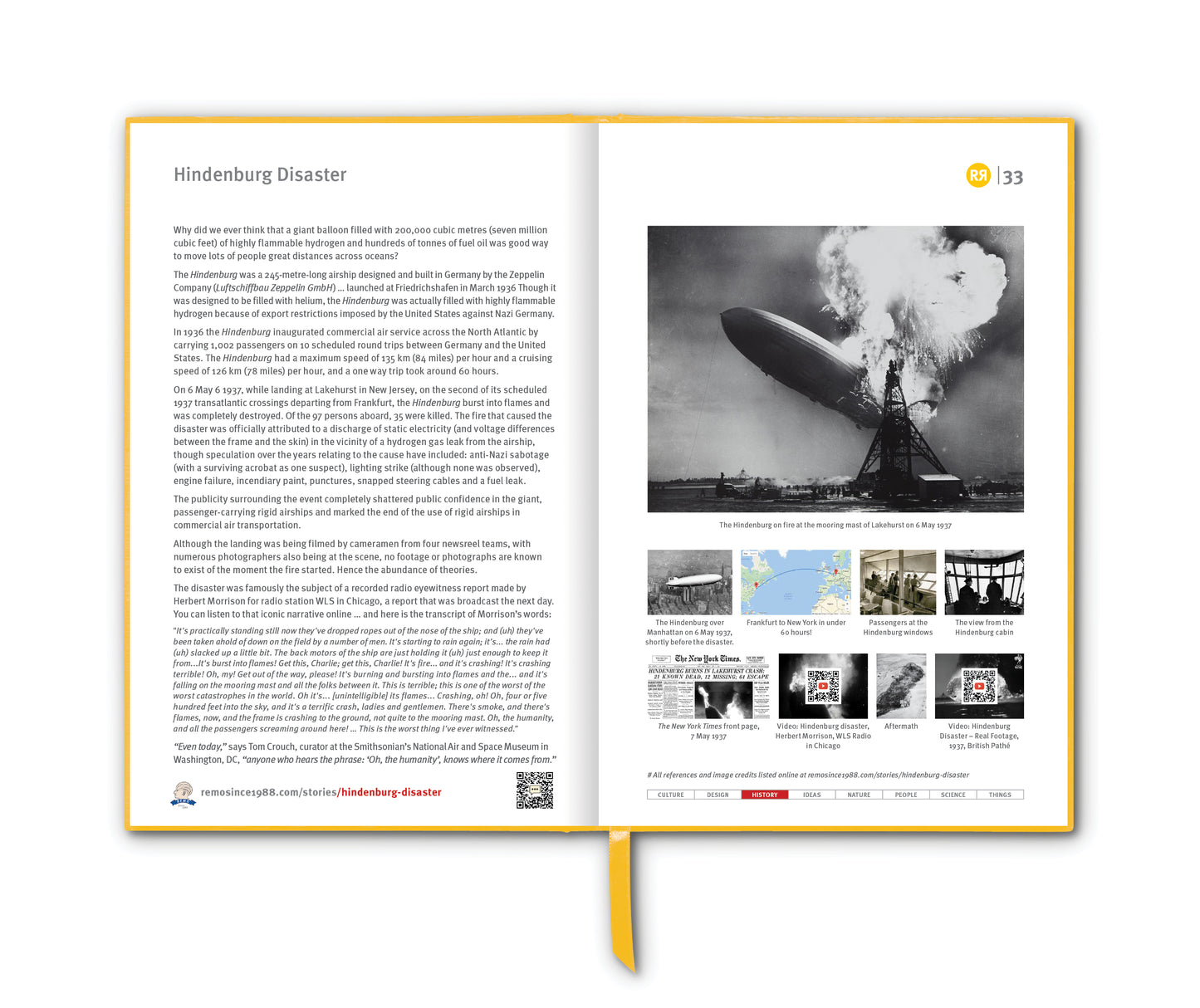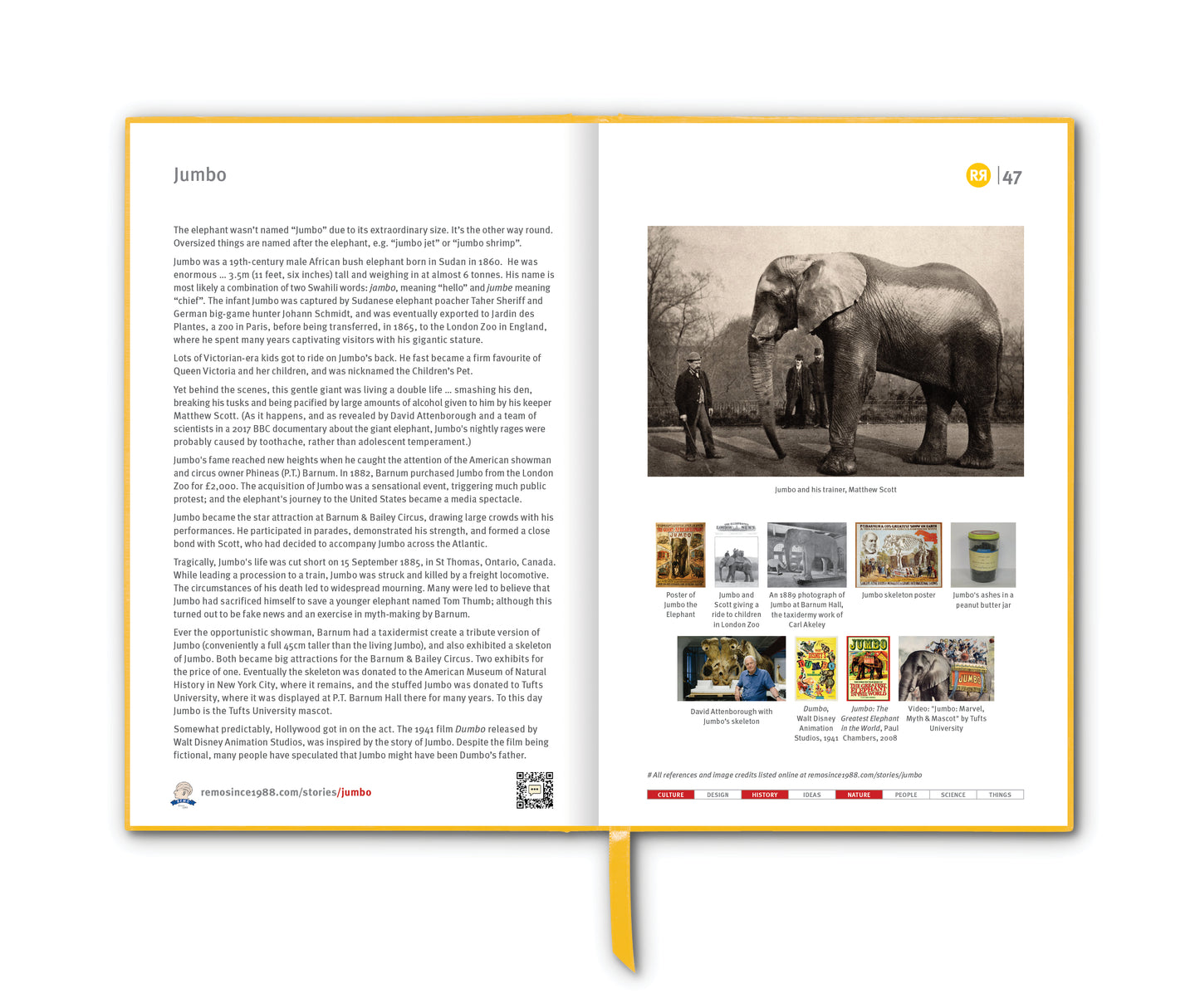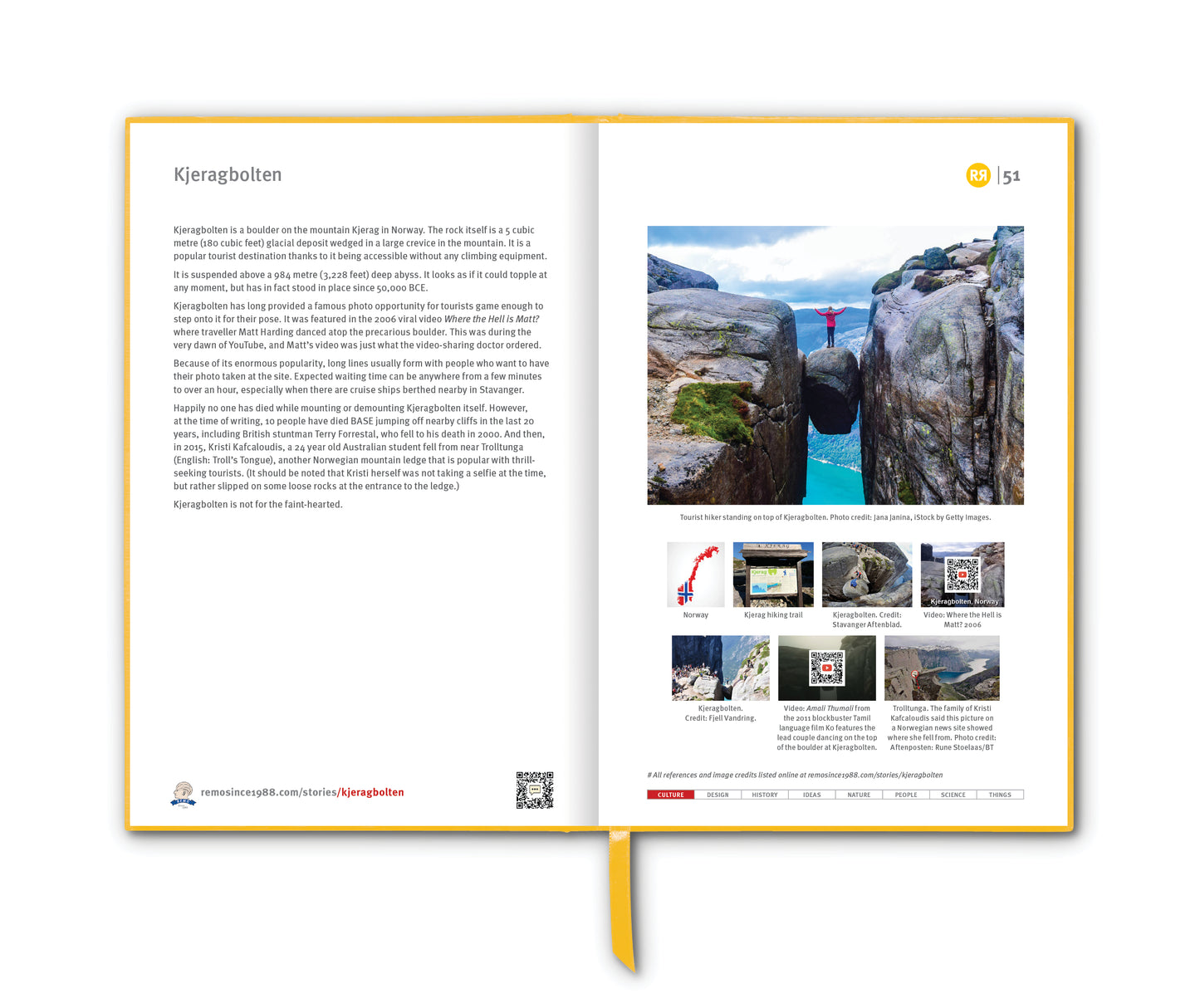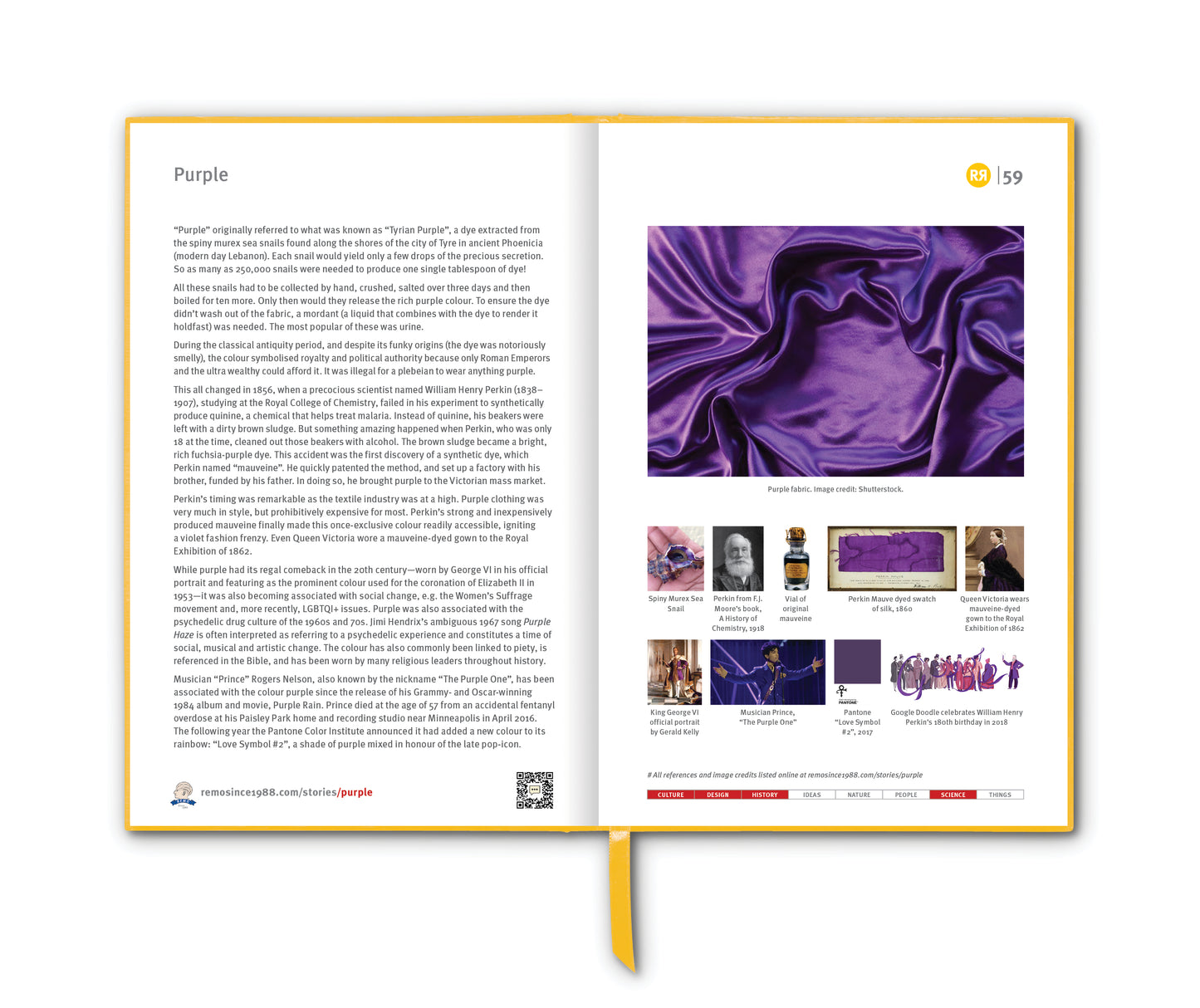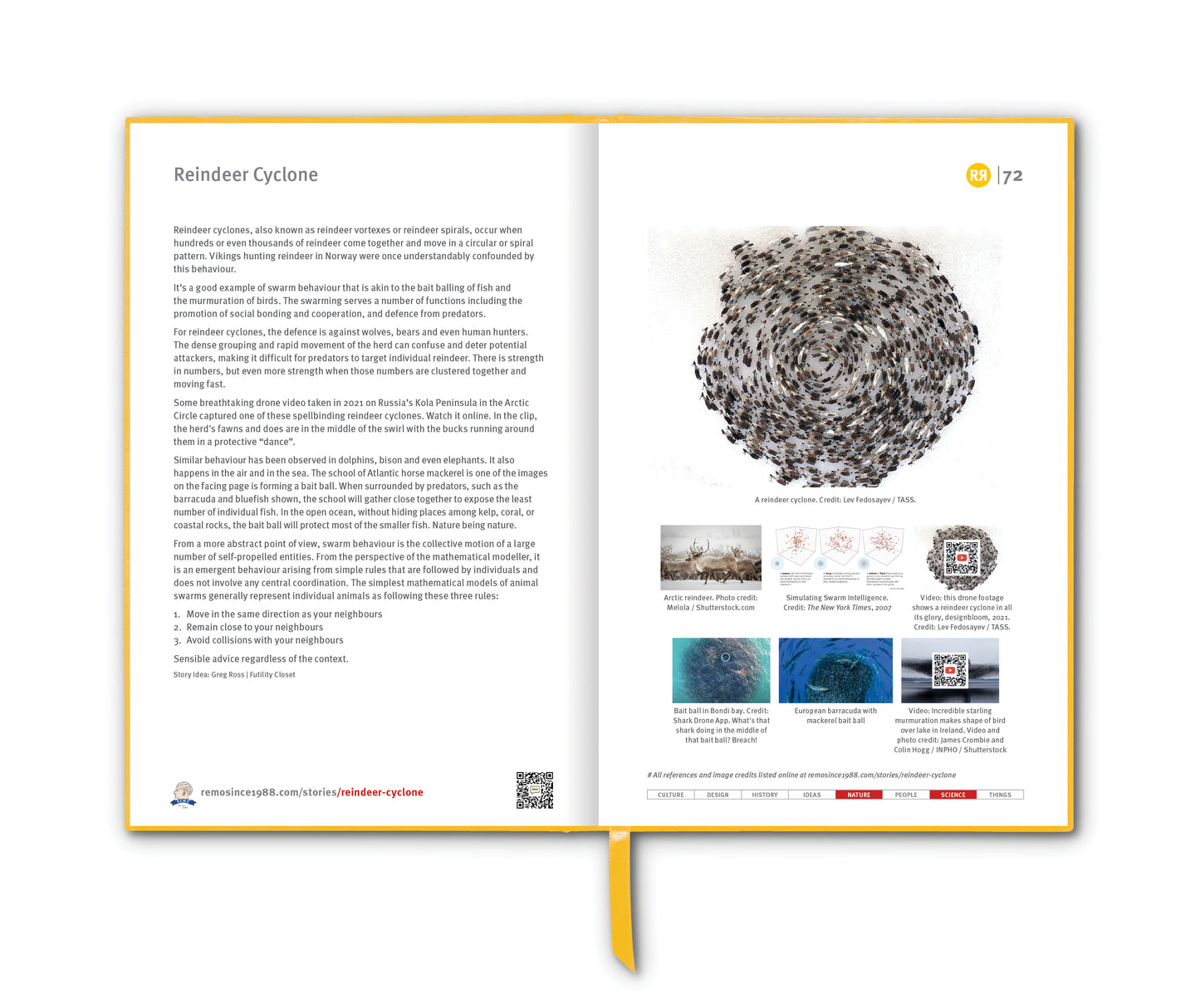Harry Houdini was magic's greatest visionary.
Houdini, born Erik Weisz, was the son of a rabbi who emigrated from Hungary to the United States and settled in Appleton, Wisconsin. He became a trapeze performer in circuses at an early age, and, after settling in New York City in 1882, performed in vaudeville shows there without much success. In 1894 he married fellow performer Wilhelmina Rahner, who thereafter as Beatrice Houdini served as his stage assistant.
From about 1900 Houdini began to earn an international reputation for his daring feats of escapology. Later in his career, many of his feats were literally death-defying, and that turned out to be the secret sauce that would serve to compound his fame. He danced where other performers feared to tread.
Here are some of his better known feats:
In 1908, Houdini introduced his “Milk Can Escape”. In this act, Houdini was handcuffed and sealed inside an oversized milk can filled with water and made his escape behind a curtain. Advertised with dramatic posters that proclaimed "Failure Means A Drowning Death", the escape proved to be a sensation.
For the “Chinese Water Torture Cell”, Houdini's feet were locked in stocks, and he was lowered upside down into a tank filled with water. The mahogany and metal cell featured a glass front, through which audiences could clearly see Houdini. A curtain concealed his escape.
One of Houdini's most popular publicity stunts was to have himself strapped into a straitjacket and suspended by his ankles from a tall building or crane. Houdini would then make his escape in full view of the assembled crowd. In many cases, Houdini drew tens of thousands of onlookers who brought city traffic to a halt.
Another of Houdini's most famous publicity stunts was to escape from a nailed and roped packing crate after it had been lowered into water. He first performed the escape in New York's East River on 7 July 1912. He escaped in 57 seconds. When the crate was pulled to the surface, it was found to be still intact, with the manacles inside.
Houdini’s uncanny escape abilities depended partly on his great physical strength and agility and partly on his extraordinary skill at manipulating locks. He had a unique combination of skills other magicians couldn't easily plagiarise.
But the unique phenomenon of Houdini was always more than his death-defying stunts or his ability to escape handcuffs and straitjackets. It is also about the power of imagination and self-invention.
PS: Houdini also waged a life-long war against spiritualism, and was obsessed with his mission to debunk the tricks of psychics and mediums. It is ironic then that every year on Halloween, magic enthusiasts across the world gather to rouse Houdini from his eternal slumber. When Houdini died from peritonitis on 31 October 1926 (possibly related to appendicitis and possibly related to punches to his stomach he had received about a week and a half earlier), he left a promise to his wife Bess that: “If possible, I will contact you from beyond the grave.”
Story Idea: Madeleine Rothery
______________________________
References
https://en.wikipedia.org/wiki/Harry_Houdini
https://www.wsj.com/articles/two-new-lives-of-harry-houdini-11584113644
https://www.grunge.com/163081/the-life-and-death-of-harry-houdini/
https://www.simonandschuster.com.au/books/The-Life-and-Afterlife-of-Harry-Houdini/Joe-Posnanski/9781501137242
Images
1. Houdini in a publicity shoot wearing chains and padlocks, 1899
2. "My Two Sweethearts" – Houdini with his mother and wife, c. 1907.
3. Houdini poster
4. Houdini preparing to be submerged in a box in the East River, New York City, 1912
5. Newspaper advertising Houdini's Chinese water torture cell act, 1915
6. Milk Can Escape
7. Crowd watching Houdini escaping from a straitjacket while hanging upside-down 50ft in the air. Baltimore, 1916.
8. Houdini performing the Chinese Water Torture Cell
